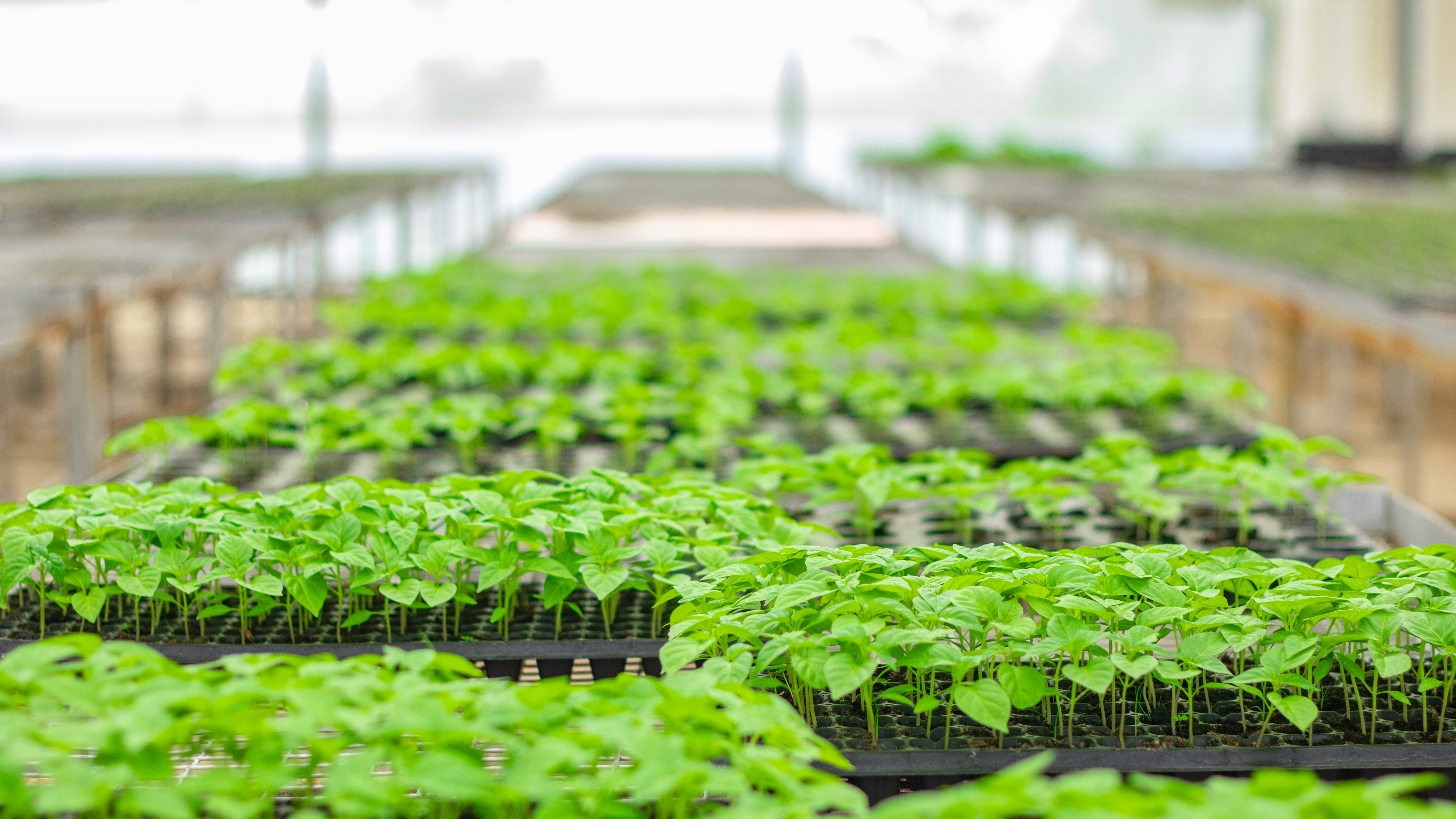Agriculture and Food Security
Agriculture and Food Security Challenge in Nigeria
Agriculture in Nigeria is categorized into four main sectors: crop production, fishing, livestock, and forestry. Despite its diverse nature, agriculture remains the backbone of Nigeria's economy, contributing an average of 24% to the nation's GDP from 2013 to 2019. Moreover, it employs over 36% of the country's labor force, making it the largest employer in the nation. However, Nigeria's agricultural sector faces multiple challenges. These include frequent flooding, desertification of croplands and grazing areas, extremist insurgencies, and ongoing conflicts between herders and farmers. Additional hurdles such as low technological adoption, high production costs, inefficient input distribution, limited access to financing, and substantial post-harvest losses further weaken the sector. The lack of market access due to inadequate value addition and supply-chain infrastructure, combined with outdated farming methods and insufficient research and record-keeping, exacerbate these issues.
The Nigerian Economic Summit Group reports a troubling rise in food insecurity: the number of food-insecure Nigerians surged from 66.2 million in Q1 2023 to 100 million in Q1 2024 (WFP, 2024). As of March 2024, 18.6 million people are facing acute hunger, with 43.7 million Nigerians adopting crisis-level or more severe hunger-coping strategies. This unprecedented crisis demands urgent humanitarian assistance, robust social protection programs, and comprehensive food systems reforms.
Quiet Shelter Empowerment Foundation approach for a Sustainable and Holistic Solution to Agriculture and Food Security Challenges in small and rural communities of Nigeria

Quiet Shelter Empowerment Foundation Approach for a Sustainable and Holistic Solution
Community-Led Development (CLD) Approach
- Empower Local Leadership: Engage community leaders, traditional rulers, and local government officials to drive the implementation of agricultural initiatives.
- Form Community-Based Organizations (CBOs): Establish or strengthen existing CBOs, including farmer cooperatives, women’s groups, and youth associations, to take ownership of agricultural projects.
Participatory Planning and Needs Assessment
- Conduct Participatory Rural Appraisal (PRA): Use PRA techniques to assess the specific needs, challenges, and opportunities within each community. This ensures that interventions are tailored to local contexts and address the most pressing issues.
- Co-Design Solutions: Involve community members in designing the implementation plan, ensuring that they have a voice in selecting the most appropriate interventions, such as which crops to focus on or which irrigation methods to adopt.
Access to Resources and Inputs
- Input Supply Chains: Develop local supply chains for quality seeds, fertilizers, and farming tools. Collaborate with local entrepreneurs and cooperatives to set up input distribution centers that are easily accessible to farmers.
- Microfinance and Savings Groups: Facilitate the establishment of village savings and loan associations (VSLAs) or microfinance groups to provide farmers with access to credit for purchasing inputs or investing in farm infrastructure.
Infrastructure Development and Technology Adoption
- Develop Basic Infrastructure: Prioritize the construction of small-scale infrastructure, such as farm-to-market roads, storage facilities, and small irrigation schemes. Engage the community in the construction process to build local capacity and ownership.
- Promote Low-Cost Technologies: Introduce affordable, locally-appropriate technologies such as solar-powered irrigation pumps, mobile phone-based market information systems, and improved storage bags to reduce post-harvest losses.
Market Access and Value Addition
- Establish Local Market Hubs: Create or strengthen local market hubs where farmers can sell their produce. Support the development of value chains by promoting small-scale agro-processing enterprises, such as cassava processing or fish smoking units.
- Market Information Systems: Use mobile technology to provide farmers with real-time market prices, weather forecasts, and best practices. Partner with local telecom providers to disseminate this information via SMS or community radio.
Monitoring, Evaluation, and Adaptive Management
- Set Up Community Monitoring Teams: Form teams within the community to regularly monitor the progress of agricultural interventions. Use simple tools and indicators to track outcomes, such as yield improvements, income increases, and food security levels.
- Adaptive Management: Be flexible and willing to adjust strategies based on feedback from the community and ongoing monitoring. If certain interventions are not yielding the desired results, work with the community to modify the approach.
Building Partnerships and Leveraging External Support
- Engage NGOs and Development Partners: Collaborate with non-governmental organizations, international development agencies, and private sector partners to bring additional expertise, resources, and funding to support community initiatives.
- Government Collaboration: Work closely with local government agricultural extension services to ensure alignment with national agricultural policies and access to government resources.
Sustainability and Exit Strategy
- Promote Self-Reliance: Gradually reduce external support as the community builds capacity and becomes more self-sufficient. Encourage the formation of sustainable business models, such as cooperative-owned input supply stores or processing facilities, that can continue operating independently.
- Institutionalize Success: Document and share successful practices within and across communities, enabling the replication of effective models. Ensure that local institutions, such as schools or local government offices, continue to support agricultural development after the initial intervention period.
